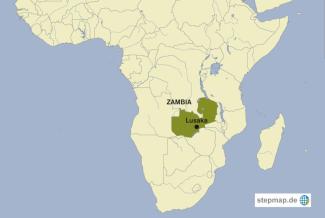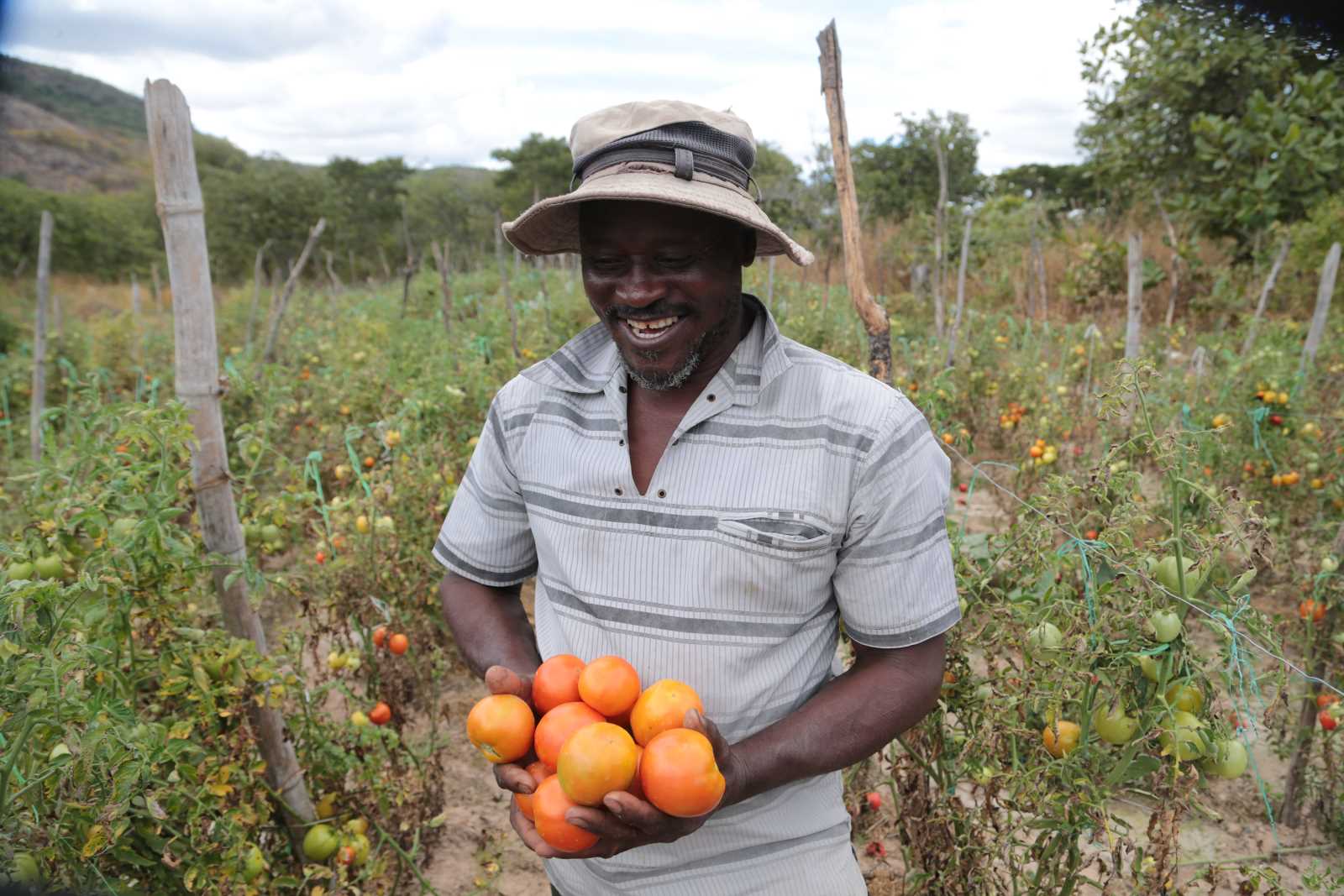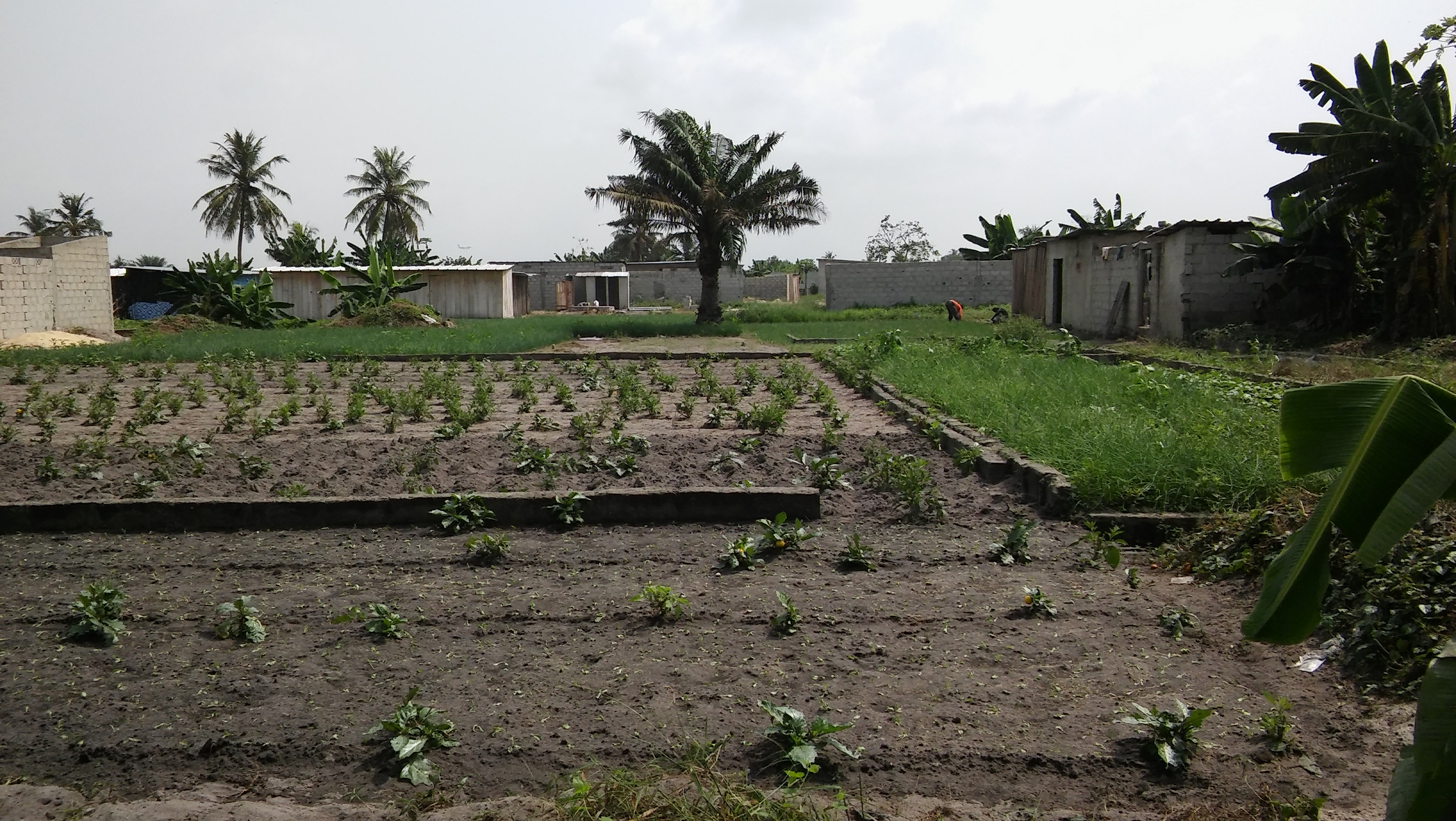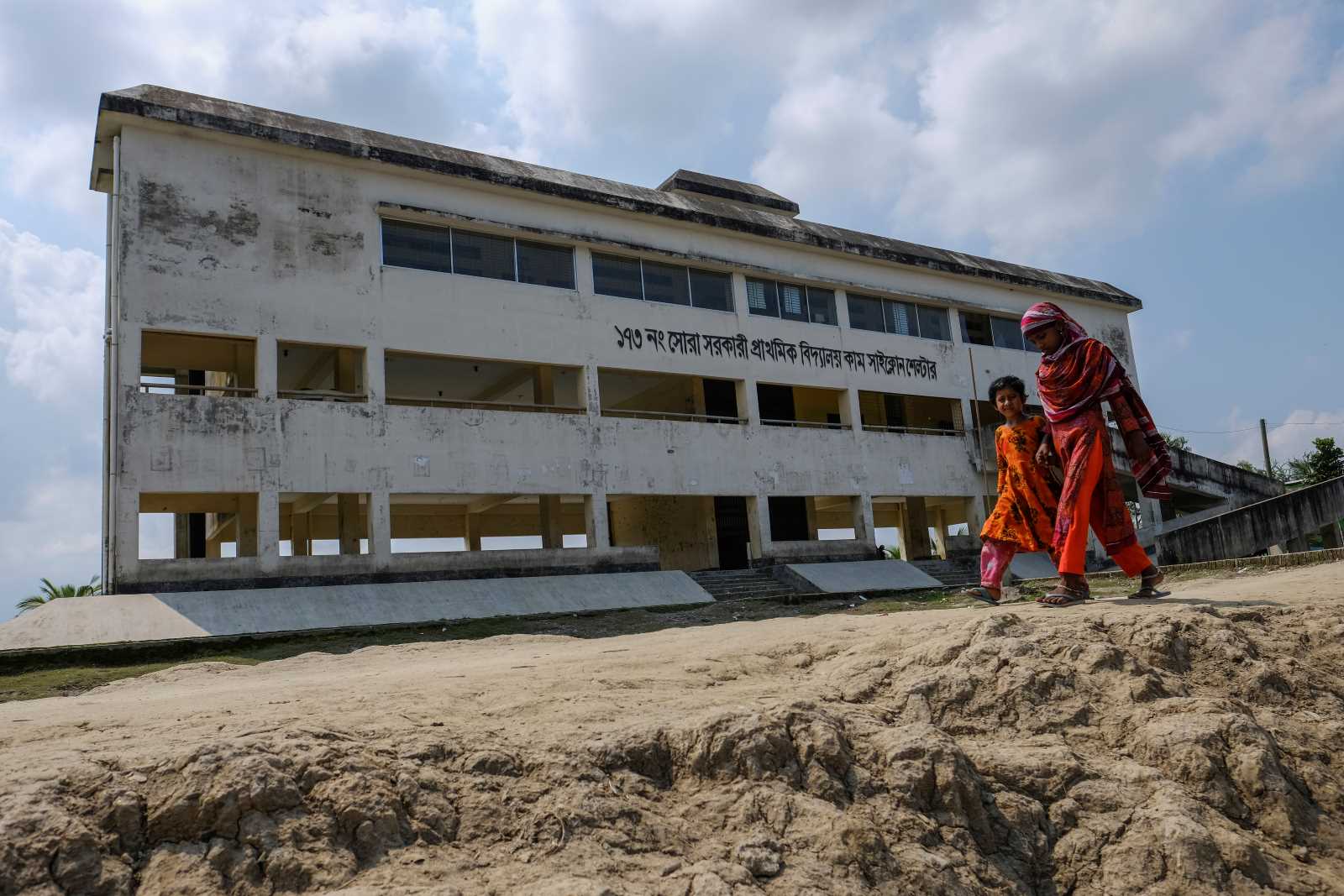Environment
Financing the fight against climate change

In eastern and central parts of the country, floods caused by heavy rains have washed away houses, bridges and roads in February this year, leaving families homeless and entire regions devastated.
In Muchinga province, four people died while trying to cross the flooded Luangwa River. In Lusaka province, many roads and bridges collapsed under the weight of floods.
Gloria Chipeta, 32, of Mambwe district in the east, says the floods left her family homeless and destroyed all her food and household goods. “I am traumatised and don’t know what to do,” she says. “How am I going to take care of my kids?”
In other parts of the country, droughts are laying fields to waste and causing food shortages. Some southern and western provinces urgently need food aid.
One of the regions hardest hit by drought is the Nalolo district in the west, home of Vice President Inonge Wina. “It is very unfortunate that even though our vice president comes from this area, little is being done to address the impacts of climate change here,” says Teddy Ilukena, a local farmer.
According to the 2019-2020 United Nations Humanitarian Response Plan (HRP) for Zambia, 2.3 million Zambians will need food aid before the next harvest. It says 450,000 of those people need food immediately.
However, the Zambian government is struggling with a huge debt repayment burden, making resources scarce.
Zambia’s external debt has been on the rise in the past decade. It rose from $ 3.2 billion (€ 2.9 billion) in 2011 to $ 10.23 billion in June 2019, according to the Ministry of Finance.
The country’s domestic debt stock, meanwhile, is also soaring. It reached 60.3 billion Zambian Kwacha (€ 3.66 billion) in June 2019, compared to 15.1 billion Kwacha in 2011.
In view of his country’s debt burdens and climate crisis, President Edgar Lungu has appealed for humanitarian aid from donor countries, particularly for areas hit by floods.
“My administration is doing everything possible to rehabilitate and resettle the affected people,” Lungu said. He noted the rains are a “double edged sword”, causing devastation for some districts but also watering crops elsewhere and filling dams that can be used for hydropower.
Not all Zambians agree that international aid is the right answer.
Kebby Mbewe, a flood victim from Lusaka province, says the government should find home-grown solutions instead of requesting aid every time floods hit. “Over 50 years after independence, we should use our own resources to respond to climate change challenges,” he says.
The Jesuit Centre for Theological Reflection (JCTR), a Roman Catholic organisation, agrees that local input would be helpful, and argues that government’s disaster management and mitigation unit should fund research to find solutions for a chronic flood problem.
“As climate change reversal is not in sight, droughts and floods will continue,” says JCTR spokesman Enock Ngoma. “The government should adequately fund the University of Zambia to design long term mitigation systems.”
Derrick Silimina is a freelance journalist based in Lusaka, Zambia. He focuses on Zambian agriculture and sustainability issues.
derricksilimina@gmail.com














